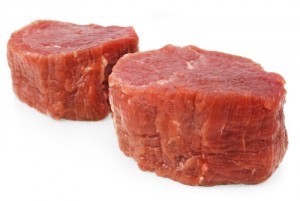Shiga toxin-producing E. coli (STEC) infection is associated with hemolytic uremic syndrome (HUS).
 Therefore Norway has implemented strict guidelines for prevention and control of STEC infection. However, only a subgroup of STEC leads to HUS.
Therefore Norway has implemented strict guidelines for prevention and control of STEC infection. However, only a subgroup of STEC leads to HUS.
Thus, identification of determinants differentiating high risk STEC (HUS STEC) from low risk STEC (non-HUS STEC) is needed to enable implementation of graded infectious disease response.
Methods: A national study of 333 STEC infections in Norway, including one STEC from each patient or outbreak over two decades (1992-2012), was conducted. Serotype, virulence profile, and genotype of each STEC were determined by phenotypic or PCR based methods.
The association between microbiological properties and demographic and clinical data was assessed by univariable analyses and multiple logistic regression models.
Results: From 1992 through 2012, an increased number of STEC cases including more domestically acquired infections were notified in Norway. O157 was the most frequent serogroup (33.6Â %), although a decrease of this serogroup was seen over the last decade.
All 25 HUS patients yielded STEC with stx2, eae, and ehxA. In a multiple logistic regression model, age ≤5 years (OR = 16.7) and stx2a (OR = 30.1) were independently related to increased risk of HUS.
eae and hospitalization could not be modelled since all HUS patients showed these traits. The combination of low age (≤5 years) and the presence of stx2a, and eae gave a positive predictive value (PPV) for HUS of 67.5 % and a negative predictive value (NPV) of 99.0 %.
SF O157:[H7] and O145:H?, although associated with HUS in the univariable analyses, were not independent risk factors. stx1 (OR = 0.1) was the sole factor independently associated with a reduced risk of HUS (NPV: 79.7 %); stx2c was not so.
Conclusions: Our results indicate that virulence gene profile and patients’ age are the major determinants of HUS development.
Shiga toxin-producing Escherichia coli infections in Norway, 1992-2012: characterization of isolates and identification of risk factors for hemolytic uremic syndrome
Lin BrandalAstrid WesterHeidi LangeInger LøbersliBjørn-Arne LindstedtLine VoldGeorg Kapperud
Credits/Source: BMC Infectious Diseases 2015, 15:324
